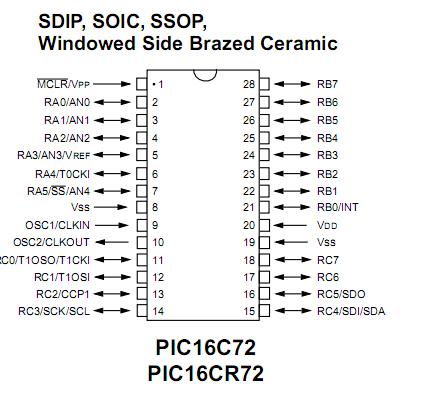PIC16CR72: Features: * High-performance RISC CPU* Only 35 single word instructions to learn* All single cycle instructions except for program branches which are two cycle* Operating speed: DC - 20 MHz clock in...
floor Price/Ceiling Price
- Part Number:
- PIC16CR72
- Supply Ability:
- 5000
Price Break
- Qty
- 1~5000
- Unit Price
- Negotiable
- Processing time
- 15 Days
SeekIC Buyer Protection PLUS - newly updated for 2013!
- Escrow Protection.
- Guaranteed refunds.
- Secure payments.
- Learn more >>
Month Sales
268 Transactions
Payment Methods
All payment methods are secure and covered by SeekIC Buyer Protection PLUS.

 PIC16CR72 Data Sheet
PIC16CR72 Data Sheet








